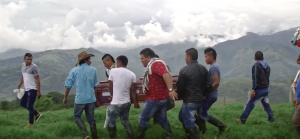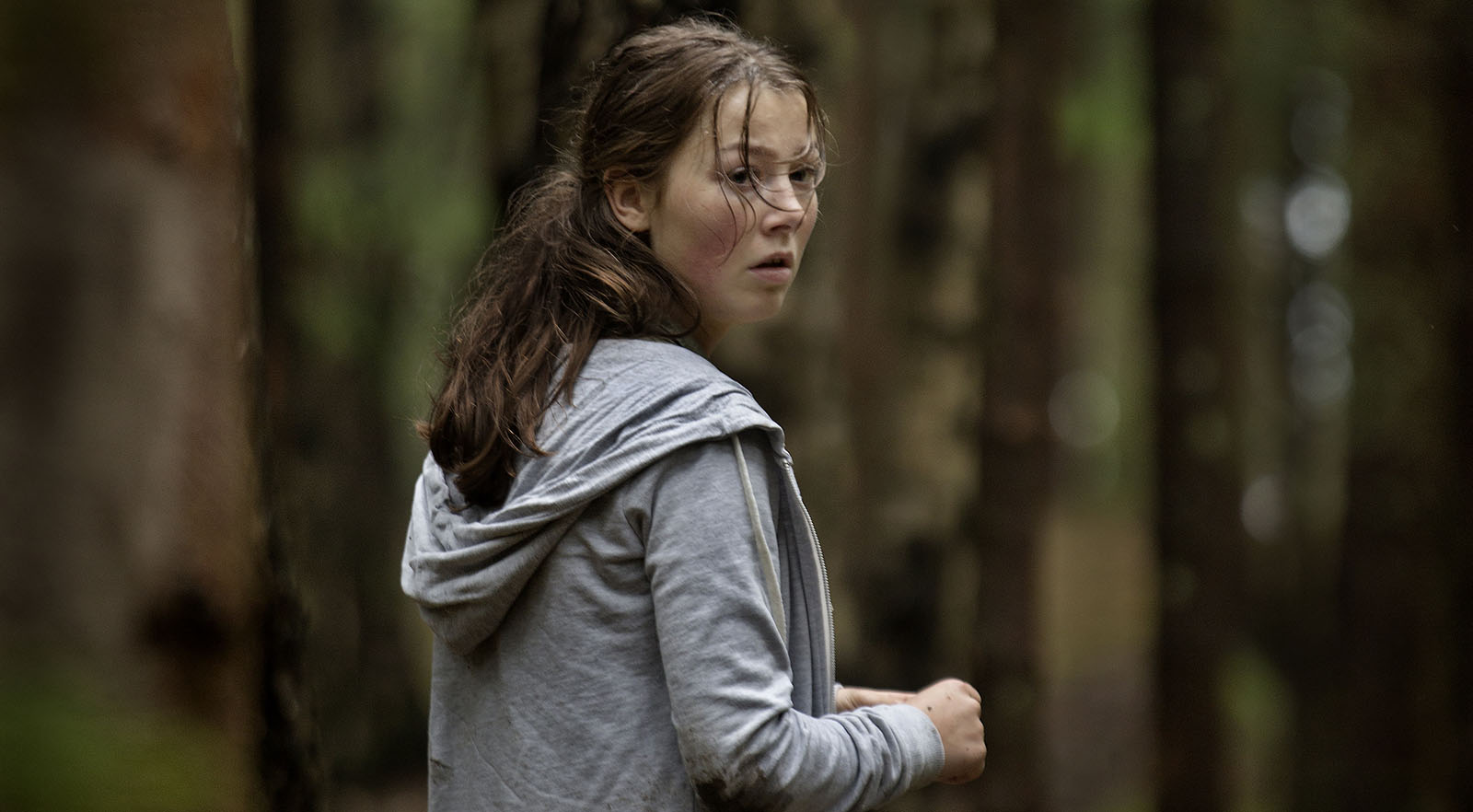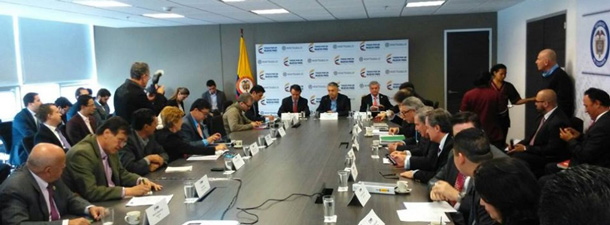
Film still from They’re Killing Us courtesy of Emily Wright and Tom Laffay
A recent film on the killings of social leaders in Colombia is a timely reminder of the dangers posed at those seeking to fight and defend their communities. Emily Wright and Tom Laffay, the film-makers of They’re Killing Us, spoke to The Bogotá Post on their motivations behind their short film.
The number of social leaders and human rights defenders that have been killed in Colombia since the signing of the peace accord now exceeds well over 200. Just this week former Petro campaigner Ana María Cortes was slain in a cafeteria in Caceres, Antioquia, making it the 98th killing of a community leader this year. Journalism can be effective with numbers but can struggle with the true toll these killings have had in a post-conflict Colombia.
Which is one of the reasons why British-born journalist Emily Wright and American photojournalist Tom Laffay set out to make a short film on the plight of social leaders in the country.
“We really wanted to highlight the human cost,“ Wright said of the impulse behind the film, “And I think you can do that more effectively with documentary film as it’s such a visual medium and you can really understand the texture of the people’s lives.”
Having covered the peace process in print journalism, Wright realised that the written word of the accord wasn’t coinciding with what was occurring in various veredas and quebradas across the country.
Ohioan Laffay had been a photojournalist in Nicaragua and El Salvador before moving to Colombia. He found in Wright and producer Daniel Bustos Echeverry natural partners to tell this story visually and with conviction.
https://thebogotapost.com/2018/07/06/petro-campaigner-ana-maria-cortes-killed-marking-98th-death-of-a-social-leader-in-colombia-in-2018-alone/
They chose the department of Cauca because it was “ground zero for this issue” given that around 70 of the deaths (106 in total through the country) were committed in the region in 2017. The department included many indigenous groups, Afro-Colombian groups and various paramilitaries, not to mention it being a FARC stronghold in many parts. Being a huge coca-growing region as well gave the region all of the elements, according to Laffay, that made it a microcosm of what occurs in Colombia on a grander scale.
After a mountain funeral in Siberia, Cauca, the film follows social leaders Héctor Marina and Feliciano Valencia, both of whom have been threatened for defending their community. The investment opportunities, legal or illicit, increased after the FARC left these communities. “Given the FARC had ruled with an iron fist previously, a lot of people didn’t have people standing up for their rights how they want to use natural resources in their area.” Laffay told us, “Where a community leader’s views are not in line with a local paramilitary group, that’s when their lives become threatened.”
They’re killing us (Nos están matando) – English from Tom Laffay and Emily Wright on Vimeo.
Remarkably, despite the compromising situations that the social leaders put themselves in during the film–including trespassing of private property and the destruction of legal mines– the filmmakers didn’t feel that the leaders restricted how they were viewed. “We were given free rein to document whatever we wanted.” Wright said of their unfettered access to the leader’s private lives.
However, there was hesitation from members of the community to speak about certain topics, in fear of any repercussions. “You need to really put in the time and the respect of showing up and taking a meeting with the leadership there, explaining your intentions and the gist of your project.” Laffay said of the labour required to gain access to the communities. This trust also came in handy when they found themselves in “sticky situations”; like when a driver abandoned them on a coca plantation, the filmmakers relied on locals in the community to take them back into town.
The title is taken from the movement (#NosEstánMatando) that is now growing among concerned citizens that argue for greater accountability for the killings of social leaders. A march was held on Friday in 21 cities across the country as part of the movement.
The film, which was featured on The Atlantic’s website, is without doubt a topic that deserves a longer treatment as the list of killed Colombian social leaders continues to grow. They’re Killing Us ends poignantly with the names of all the social leaders that had been killed following the peace process. However, this list too is sadly outdated as more leaders have been killed since the film was released.
Posed with the challenge of portraying the depth of tragedy against the pure numbers that accumulate on a daily basis in the media, They’re Killing Us aims to clarify the tasks of social leaders like Marina and Valencia for a wider public. “Especially in the cities, a lot of people don’t really have a concept of what being a social leader is.” Laffay said, “I think the film gives an insight into the kinds of work that is being done by them and the kinds of stress they have to go through, be it Héctor riding his bulletproof truck, or Feliciano in illegal mines. It helps the audience identify with them”
They’re Killing Us is out now on Vimeo and tomlaffay.com





